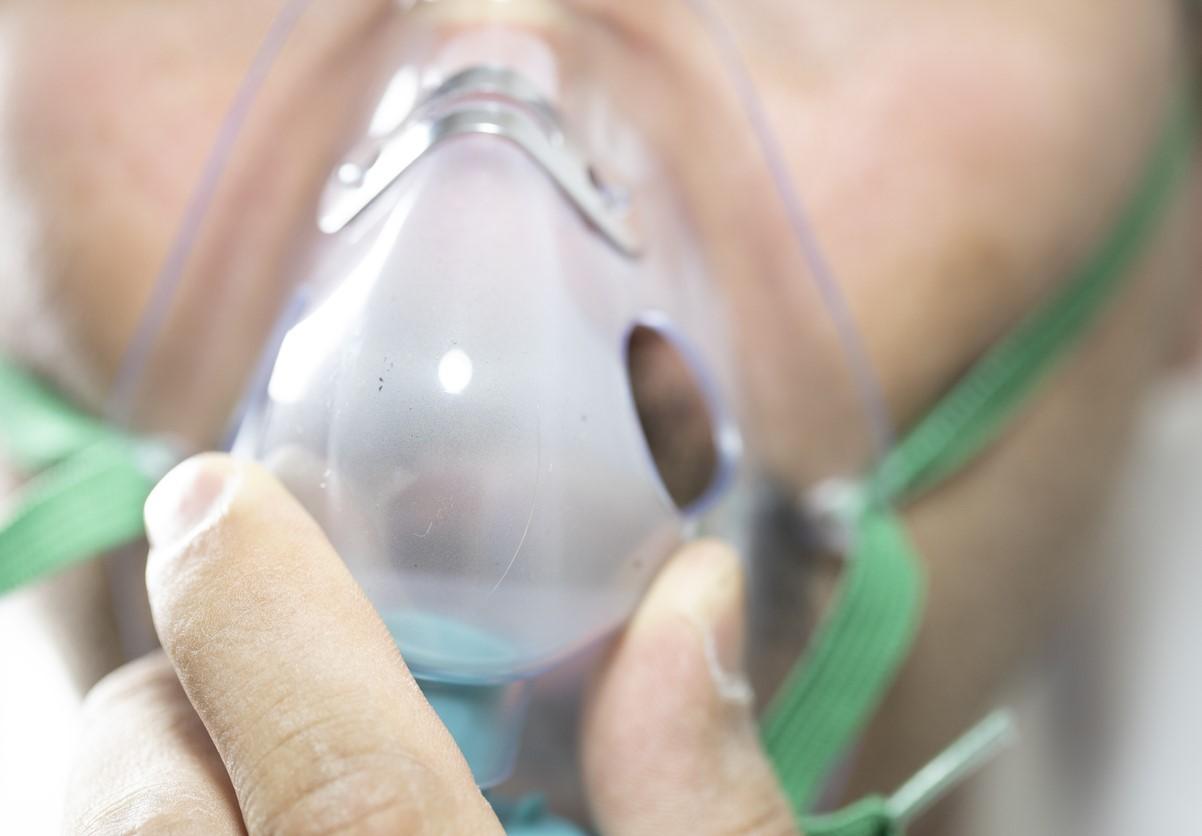An international study of 29,040 hospitalized adult COVID-19 patients finds that metabolic syndrome was tied to significantly greater odds of acute respiratory distress syndrome (ARDS) and death.
While obesity, diabetes, and hypertension are known risk factors for severe COVID-19, the researchers said that little was known about the risk of metabolic syndrome—a cluster of conditions that includes high blood pressure, high blood glucose, excess fat around the waist, and abnormal cholesterol levels. Metabolic syndrome, a chronic low-grade inflammatory state, is a risk factor for heart disease, stroke, and type 2 diabetes.
The team, headed by researchers from Tulane University and Mayo Clinic, analyzed data from the Society of Critical Care Medicine Discovery Viral Respiratory Illness Universal Study from 181 hospitals in 26 countries from Feb 15, 2020, to Feb 18, 2021.
Risk of ARDS, death
Of the 46,441 COVID-19 patients in the database, 29,040 (43.2%) met inclusion criteria; 17.5% of them had metabolic syndrome, and 82.5% were control patients. Mean patient age was 61.2 years, 45% were women, 57.8% were White, 23.4% were Black, and 18.3% were Hispanic.
In adjusted analyses, metabolic syndrome was linked to a 32% increased risk of intensive care unit (ICU) admission (adjusted odds ratio [aOR], 1.32), 45% higher risk of invasive mechanical ventilation, 36% increase in ARDS (1.36), and 19% higher death rate, as well as prolonged hospital stay (median 8.0 vs 6.8 days), and ICU stay (median 7.0 vs 6.4 days).
Each additional metabolic syndrome criterion was tied to an increased risk of ARDS in an additive fashion (1 criterion, 1,147 ARDS patients [10.4%]; 2 criteria, 1,191 patients [15.3%]; 3 criteria, 817 patients [19.3%]; and 4 criteria, 203 patients [24.3%]).
Among all patients, 87.9% were hospitalized in the United States and had an average body mass index (BMI) of 30.6 kilograms per square meter and an Elixhauser Comorbidity Score of 3.1 (0 indicating no underlying disease). The most common underlying metabolic syndrome conditions were high blood pressure (53.7%), prediabetes or diabetes (33.5%), and obesity (49.3%).
Relative to controls, patients diagnosed as having metabolic syndrome were more likely to be women (51.0% vs 44.7%), older (average age, 63.9 vs 18.5 years), and Black (35.9% vs 20.8%). In the primary analyses, 20.2% of metabolic syndrome patients died in the hospital, compared with 16.0% of controls (unadjusted odds ratio [OR], 1.39).
In multivariable analyses, metabolic syndrome remained significantly linked with in-hospital death (aOR, 1.19). Compared with control patients, those with metabolic syndrome were also more likely to develop ARDS (12.0% vs 20.1% [aOR, 1.36]).
Greater need for oxygen support
Patients in the metabolic syndrome group needed more oxygen support in the form of supplemental oxygen, noninvasive ventilation, or high-flow oxygen and invasive mechanical ventilation or extracorporeal membrane oxygenation than the control group.
Additional subgroup analyses found that, relative to patients with no underlying metabolic syndrome-related condition, those with one such condition had significantly higher rates of ARDS if they had prediabetes or diabetes, high blood pressure, and abnormal cholesterol levels, but the opposite was seen for patients with obesity.
In a Mayo Clinic press release, senior author Rahul Kashyap, MBBS, of Mayo Clinic, said that the results have important implications. "These findings will assist with efforts for creating national infrastructures for identifying critical illness risk factors and testing novel/repurposed medications to help improve patient outcomes," he said.























